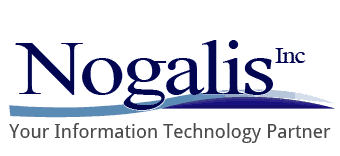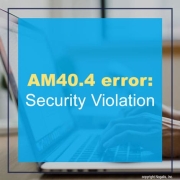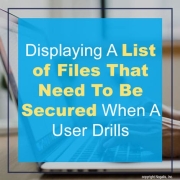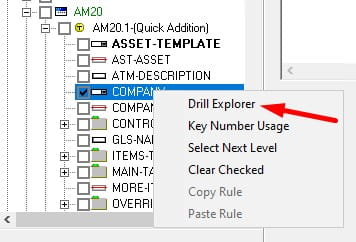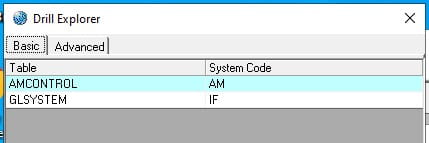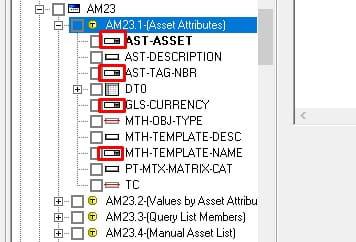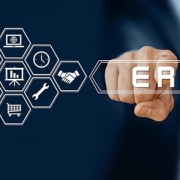Today’s finance teams do a lot more than close the books—they help steer company growth and make quick, data-driven decisions. But that’s tough to do if your systems don’t work together. As a recent article on Fintech Weekly explains, the key to keeping finance agile and scalable is ERP (enterprise resource planning) integration. When your ERP runs separately from payroll, procurement, or accounts payable tools, things get messy. Data gets duplicated, reports don’t match up, and month-end closes drag on. Integrating these systems creates a real-time flow of information, giving finance teams one reliable source of truth.
Why it matters:
Connected systems mean fewer errors, faster reconciliations, and better visibility into cash flow. For example, integrating accounts payable with ERP lets invoices and payments sync automatically—no more manual entry or chasing approvals. CFOs can instantly see how spending affects liquidity.
How to make it work:
Fintech Weekly suggests starting small and building gradually:
- Clean your data first so everything aligns once systems connect.
- Use APIs for easier, future-proof integration.
- Roll out in phases—begin with high-impact areas like invoicing.
- Enable real-time syncing so your numbers are always current.
In the end, ERP integration does more than automate finance—it turns it into a strategic powerhouse. Teams spend less time fixing errors and more time planning growth.
